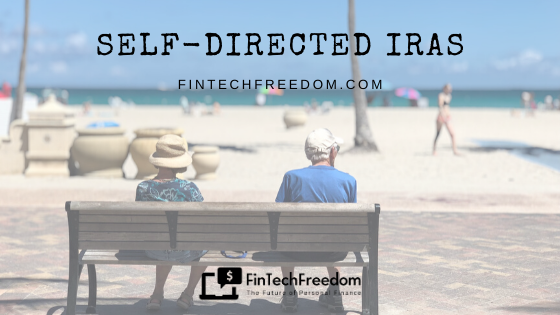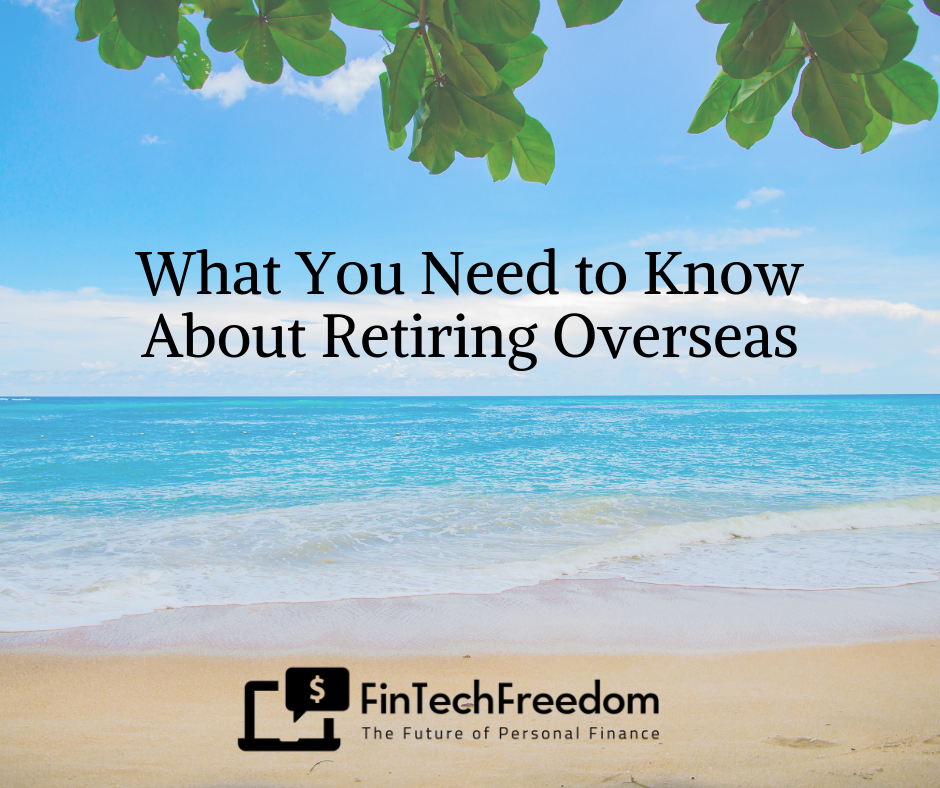Polina Marinova does an excellent weekly newsletter on Substack. You can easily subscribe here. This week's was especially good so I wanted to share.
Good morning, friends!
One of life’s great ironies is that simplicity has become pretty complicated. Technology was supposed to make our lives easier — and it has, in many ways — except it hasn’t made them simpler.
There’s always a notification here, an email that needs responding there. Things compete for your attention at all hours in the night. In turn, this “easy” world has made us reactive, defensive, worried, and distracted.
I always notice those qualities in myself when I visit my grandmother in Bulgaria. She recently bought a villa near the Rila mountains where it’s not uncommon to see sheep, chickens, and cows just casually wandering around. In stark contrast to my life in Manhattan, the only noise you hear at 6 a.m. is the neighbor’s annoying rooster, not the cab driver screaming obscenities in the street. There’s a reason Bill Gates takes a “Think Week” once a year in a secluded cabin in the woods.
It’s an understatement to say that we live in a world of over-indulgence. I’ve written about minimalism before, and noted that the worst form of excess is to achieve everything you’ve ever dreamed of and realize that somehow you’re still not happy and that something is still missing. And that, my friends, sucks.
There’s this famous passage from Matt Haig’s memoir Reasons to Stay Alive:
The world is increasingly designed to depress us. Happiness isn’t very good for the economy. If we were happy with what we had, why would we need more?
How do you sell an anti-aging moisturizer? You make someone worry about aging. How do you get people to vote for a political party? You make them worry about immigration. How do you get them to buy insurance? By making them worry about everything. How do you get them to have plastic surgery? By highlighting their physical flaws. How do you get them to watch a TV show? By making them worry about missing out. How do you get them to buy a new smartphone? By making them feel like they are being left behind.
To be calm becomes a kind of revolutionary act. To be happy with your own non-upgraded existence. To be comfortable with our messy, human selves, would not be good for business.
So this leads me to my grandmother’s neighbor Ivan. He couldn’t care less about anti-aging moisturizer, plastic surgery, or smartphones. He may lead a simple life according to our standards, but it’s not in any way less busy or fulfilling.
He has animals, he does a ton of physical work every day, and he seems genuinely happy. His biggest worry the last time I saw him was how horrible airplanes are for the environment and how he sees them in the sky every day now.
It’s just a really great reminder that there’s no one one “right” way to live a fulfilled life, and I hope the variety of profiles each week prove that point.








